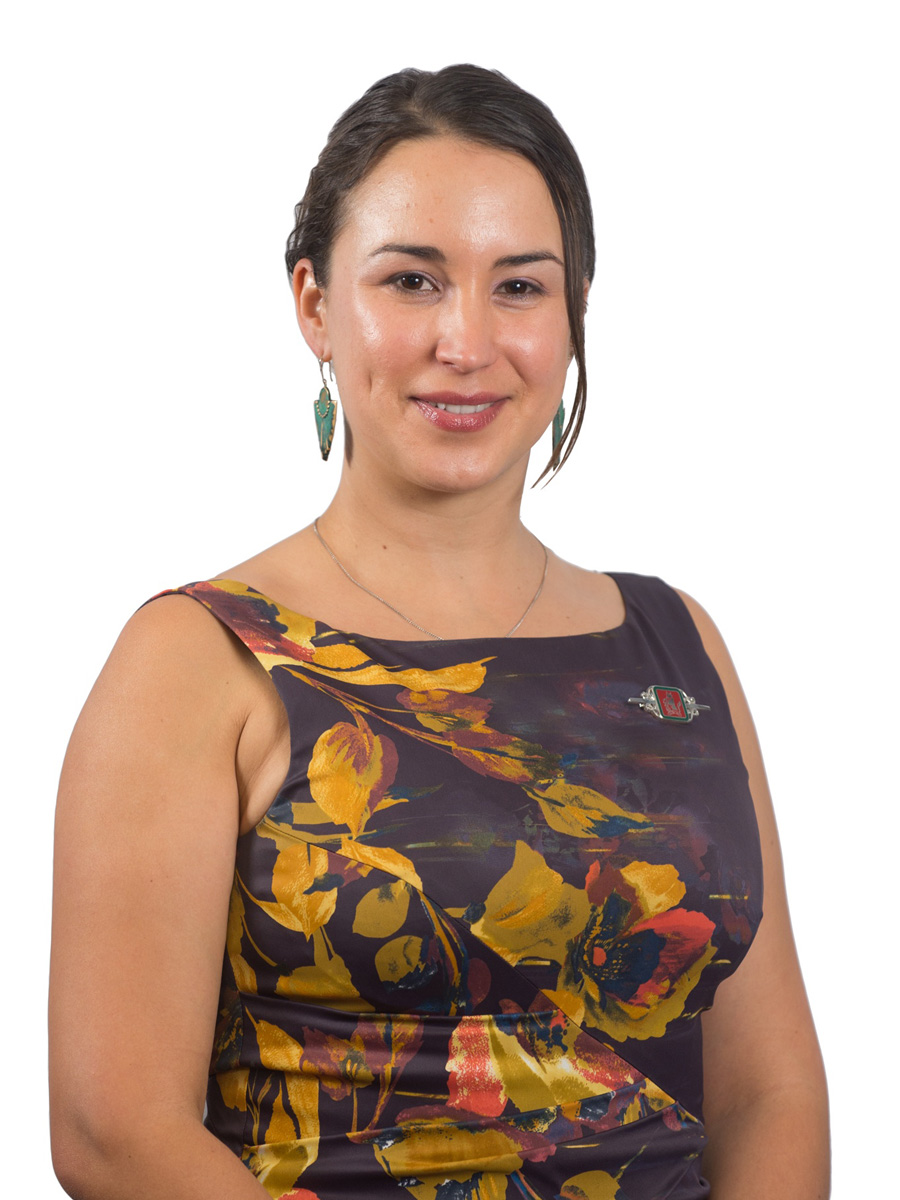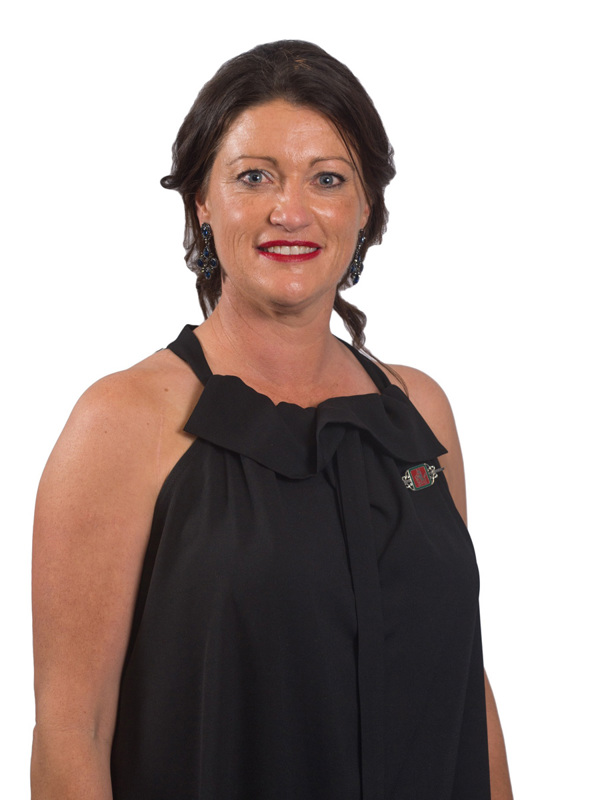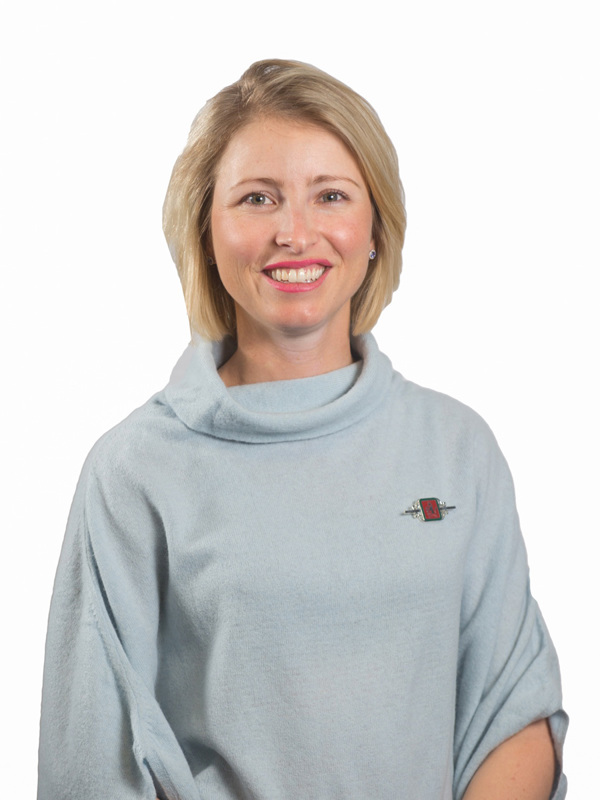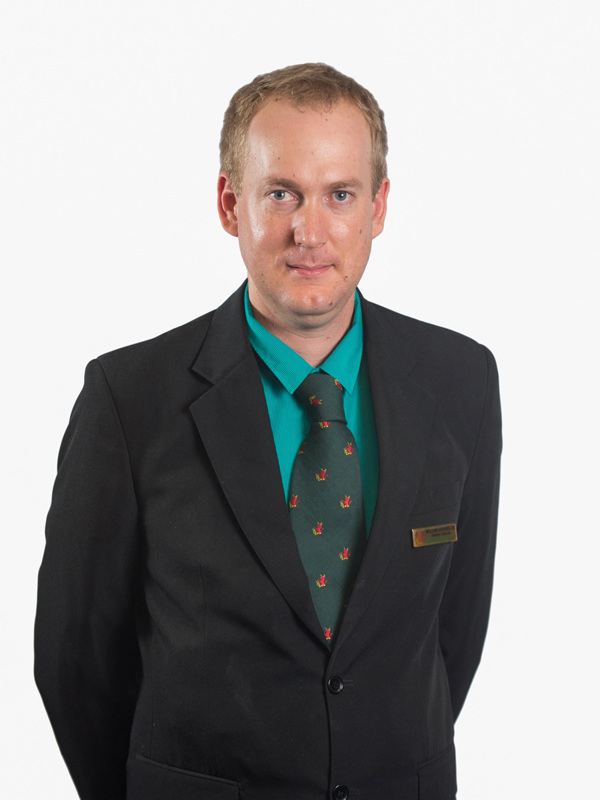
Emily Rigby

Nuffield Australia 2016 Scholar
Protected cropping instrumental to horticultural diversity
Times are changing and so too are the attitudes towards global agriculture and its ability to meet the needs of a growing population, an uncertain climate and reduced access to resources, according to a report released by Emily Rigby. She is the Director of Research and Compliance at Cannatrek, one of the key players in Australia’s new and emerging Medical Cannabis industry. Having grown up in the city and trained as an ornamental horticulturalist specialising in scientific research and new product development, she brings a fresh approach to her line of work.
Supported by the Hort Innovation Leadership Fund and the Sylvia and Charles Viertel Foundation, Ms Rigby received a 2016 Nuffield Scholarship to investigate different methods of protected cropping for subtropical climates, as well as the potential for new or underutilised crop species. This last objective resulted in Ms Rigby making the leap from ornamental horticulture into the now rapidly expanding Medical Cannabis industry.
"Protected cropping accounts for around 15% of Australian horticulture (valued at $1.6 billion), a statistic that Ms Rigby said will only continue to grow, provided there is a strong business case for public and private investment. Protected cropping is a vital method for horticultural production in Australia and globally. It allows a more controlled, sustainable and productive environment to grow quality produce and reduce stock losses,” she said.
“With the world’s population to increase to 9.8 billion by 2050 and demand for food, feed and fibre to soar by 70 per cent, cultivation methods such as protected cropping are needed to increase yield while providing protection from climate volatility. The Nuffield experience allowed me to learn more about these technologies and the incentives and barriers to adoption. The scholarship opened up doors to protected cropping enterprises in the sub tropics of China, Costa Rica, Italy, Israel, Spain and the USA.”
Similar to the Sunshine Coast, sub-tropical climates are characterised by hot summers and cool to mild winters with infrequent frosts. The climate poses different needs including increased protection from extreme temperatures, humidity, weeds and disease.
“Climate change is one of the biggest threats to reliable food production, with surface temperatures predicted to increase from 1.8 degrees to 4.0 degrees by 2100, according to the FAO. Protected cropping is likely to be least affected which makes it a very attractive path for growers and investors alike. Obviously, the most high tech structures, and associated technologies, provide the greatest control, but they are also the most expensive to implement. Increased investment in R&D to improve protected cropping structure design and maintenance can help to lower initial capital investment and operational costs, leading to greater industry uptake and production of fresh produce.
Protected cropping structures were typically split into three categories, ranging from high-tech, medium-tech and low-tech, and different systems will use a range of coverings from polyethylene right through to glass.
“Low-tech structures usually consist of polytunnels or a simple shade-cloth with minimal ventilation and heating. Companies like Tecnova in Spain develop innovative and cost-effective coverings with better lifespan, light penetration and anti-condensation. Greenhouses considered mid to high tech are characterised by more advanced computer systems such as automation screens, ventilation and heating systems. At the top end, glasshouses offer complete climate control and protection from the natural elements."
The protected cropping industry is the fastest growing food production sector in Australia, with high-tech greenhouse delivering returns of up to 25 per cent.
“Despite the considerable capital investment, protected cropping is a mainstay of Australian horticulture. We can further harness this technology by using natural elements to generate energy, minimise waste and protect against extreme weather events. A good example is Cravo, which is a retractable roof structure that protects crops against strong winds including hurricanes and cyclones. It’s a system that would provide great relief to many growers in subtropical climates. For instance, Butler’s Foliage in Florida invested in a five-acre, Cravo fully automated retractable flat roof shadehouse and is engineered to withstand winds of 130mph when closed, equating to a major category 4 hurricane.”
Ms Rigby’s research report provides a comprehensive analysis of protected cropping, as well as an insight into forest farming, a form of agroforestry practice that combines trees with crops and/or livestock in the same plot.
“As a zero-tech form of protected cropping, forest farming provides a suite of benefits including the maintenance of forest integrity, improved soil quality and increased biodiversity. In particular, forest farming could be very useful for developing countries, which will make up around 80 per cent of the world’s future growth in years to come.”
Investor Information:
The Sylvia & Charles Viertel Foundation and Hort Innovation Leadership Fund





















